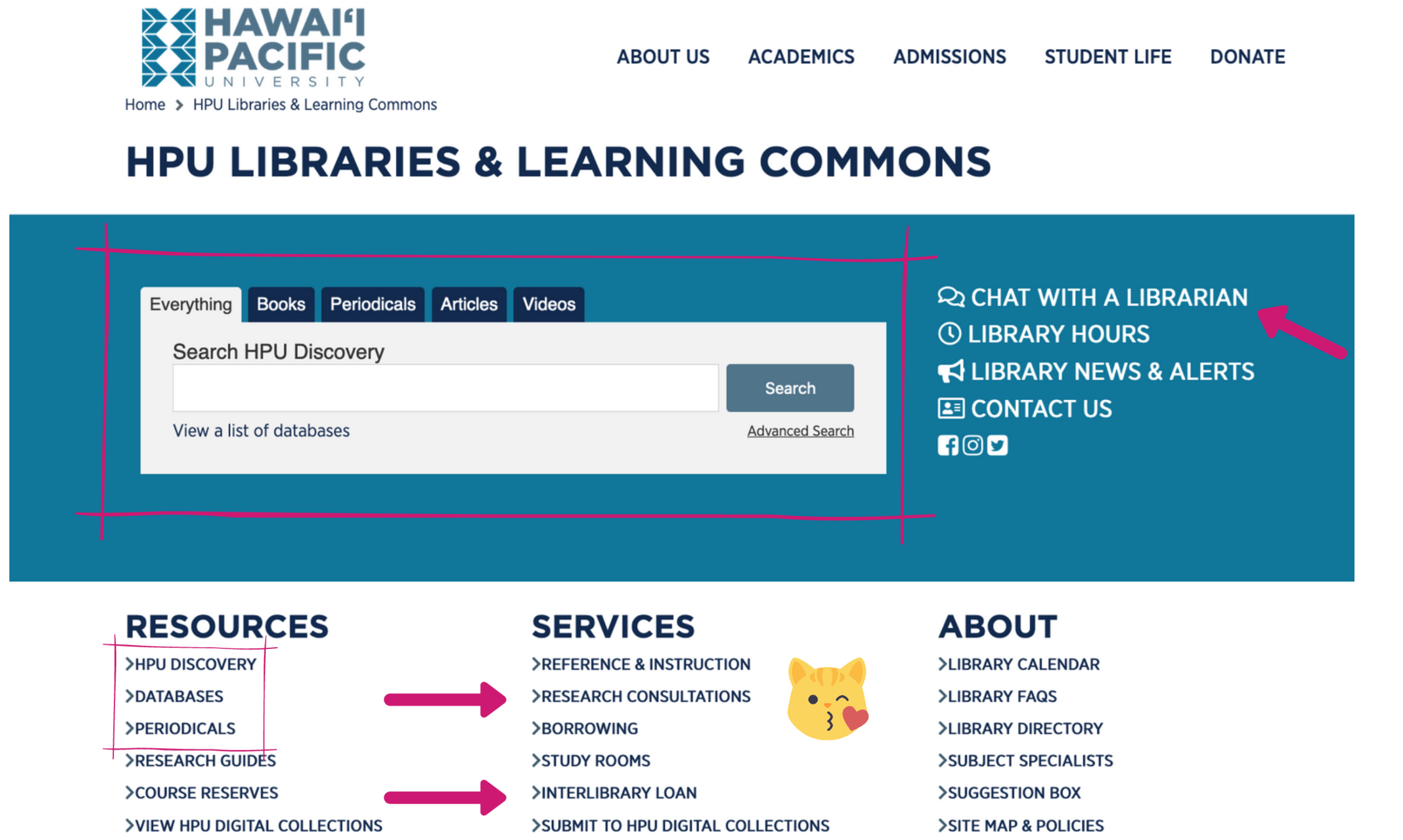
https://www.hpu.edu/libraries/
LIBRARY LOCATIONS
Three Library Locations:
Library at Waterfront 6 302
Learning Commons at ATM
Atherton Library at Hawaii Loa

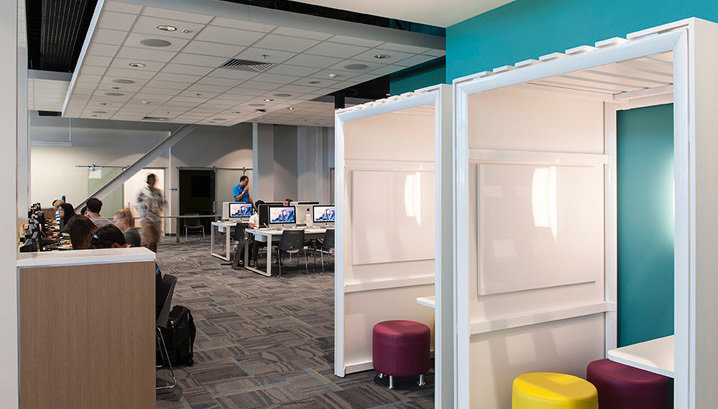

Research is a Process

1. Primary sources: These provide direct evidence about the topic of your research question (e.g., newspapers, diary entries, photographs, data, statistics, primary/original research studies).
2. Secondary sources: These interpret or analyze information from primary sources (e.g., books, summaries, reviews, meta-analysis).
3. Tertiary sources offer a summary of a topic, event or condition and include primary and secondary sources. Many reference books such as encyclopedias and CQ Researcher reports are considered tertiary sources.
Three Types of Research Sources
Preliminary Research
- Helps you narrow your topic by finding out how much information is out there and understanding the basics of a topic by obtaining Background Information.
- Encyclopedia Articles
- Books
- CQ Reports or Topic Overviews
2. Helps you get an idea of which specific aspects of your topic you will want to do more detailed reading about.
- Concept Mapping
- Keywords and Discipline Terminology

HPU
Discovery
Gale eBooks
CQ Researcher
Opposing Viewpoints
Background Information
Finding background information will help you better understand the topic and give you ideas on aspects to focus on and proper terminology to use, stakeholders and dicsiplines to look into.
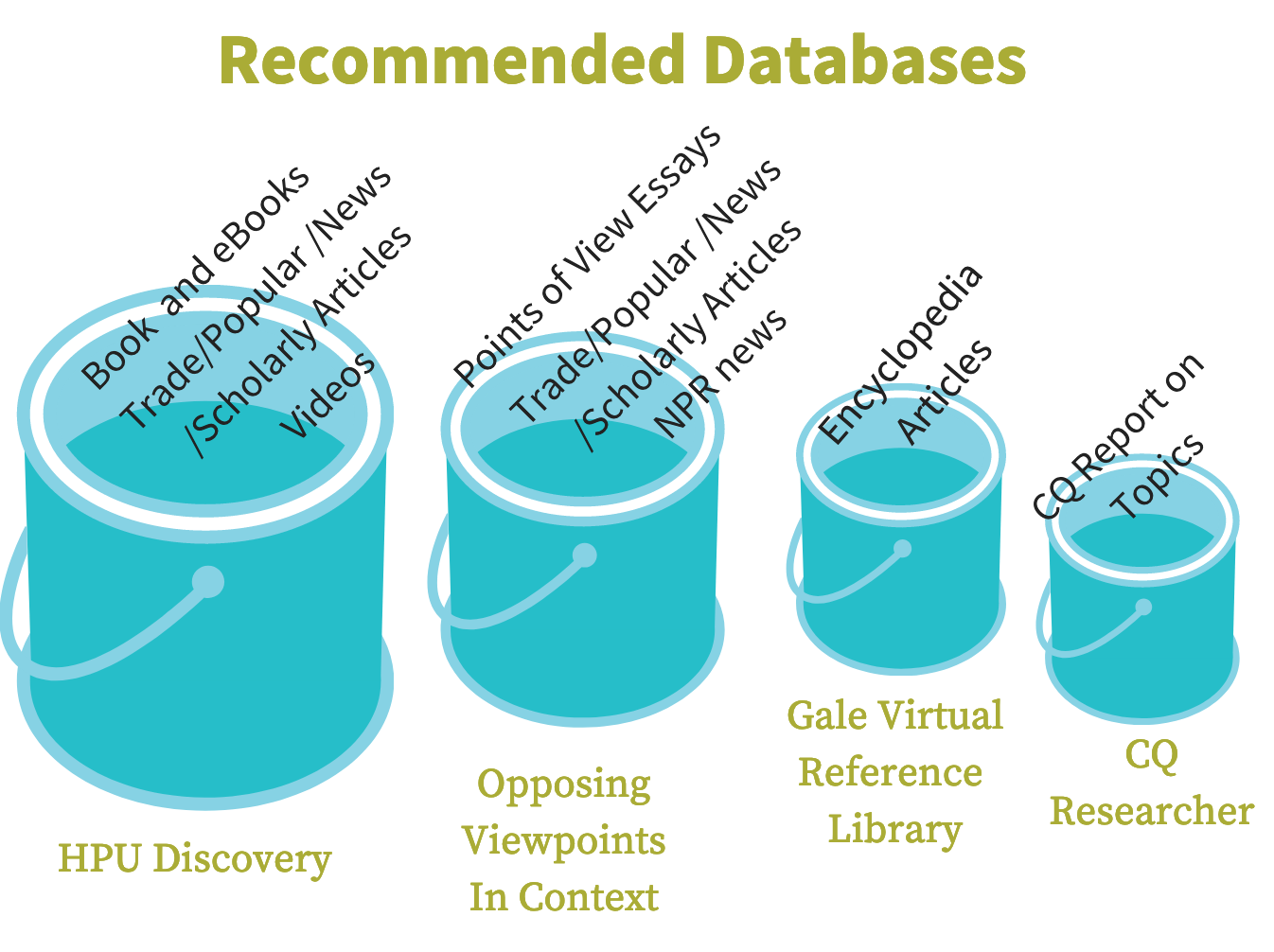
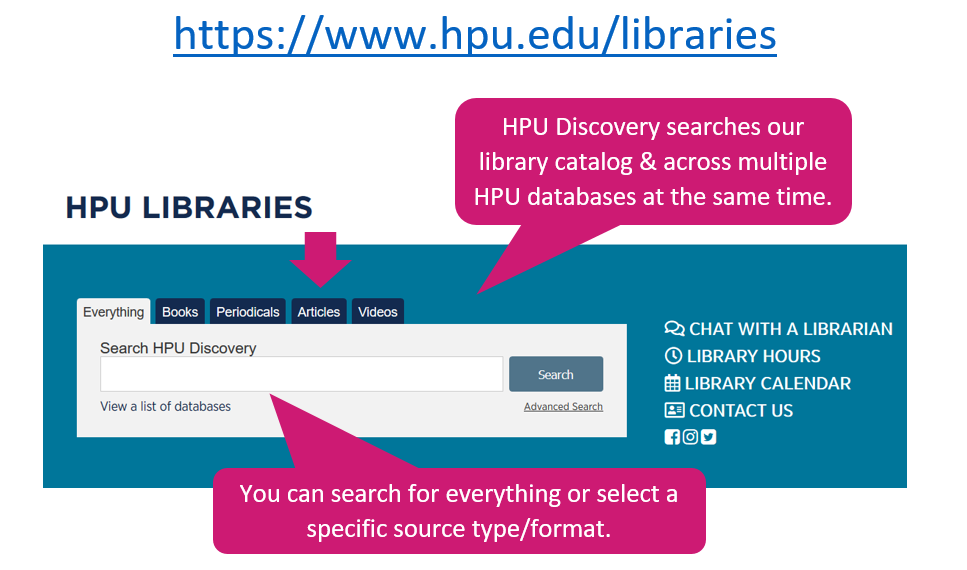
HPU Discovery
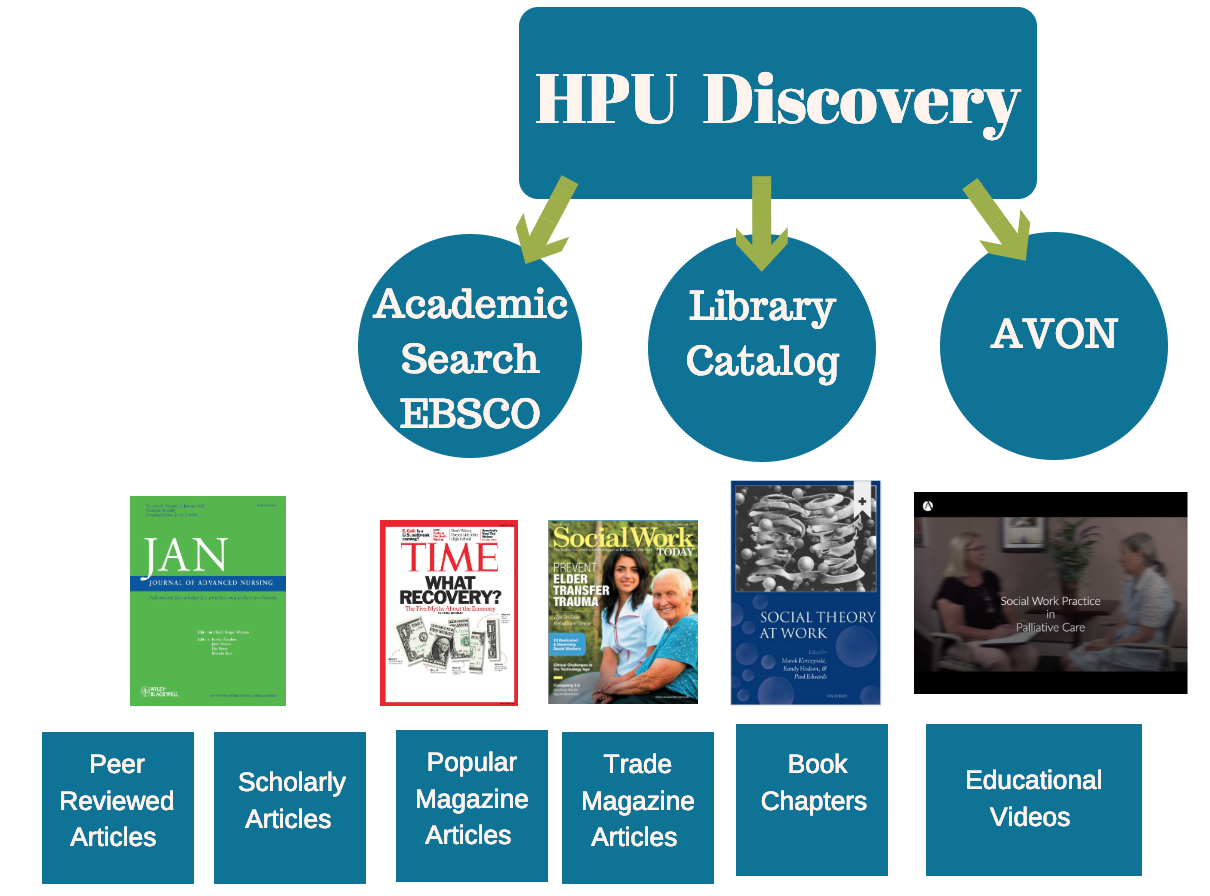
Filter Your Results
Access
Electronic Content
Other Databases
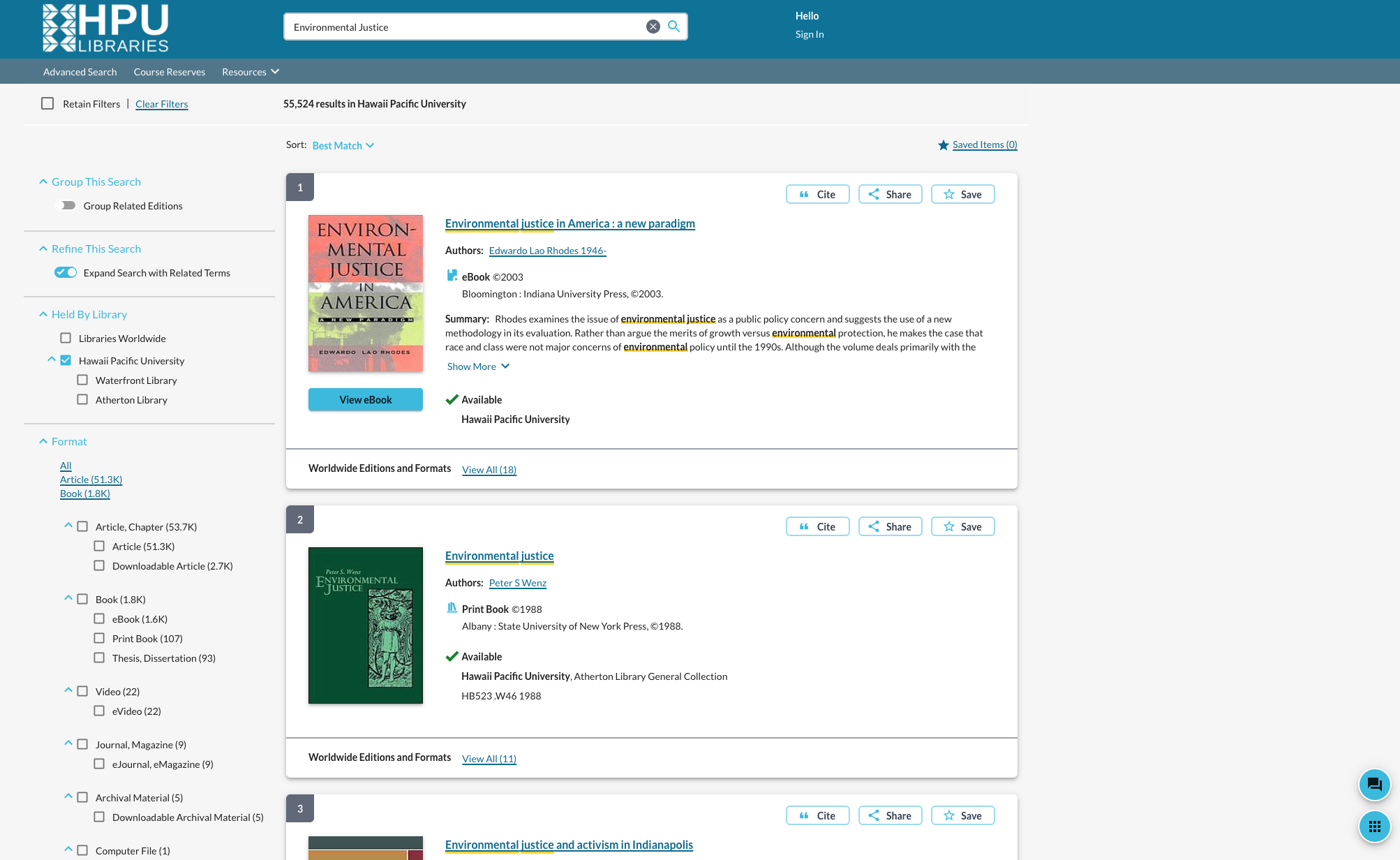
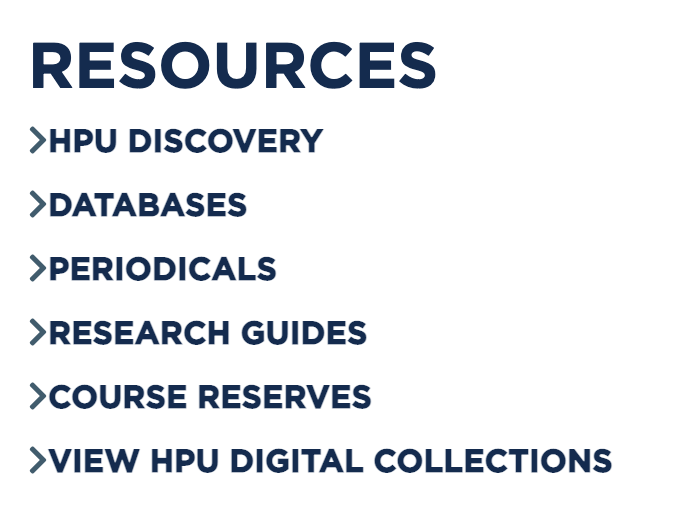
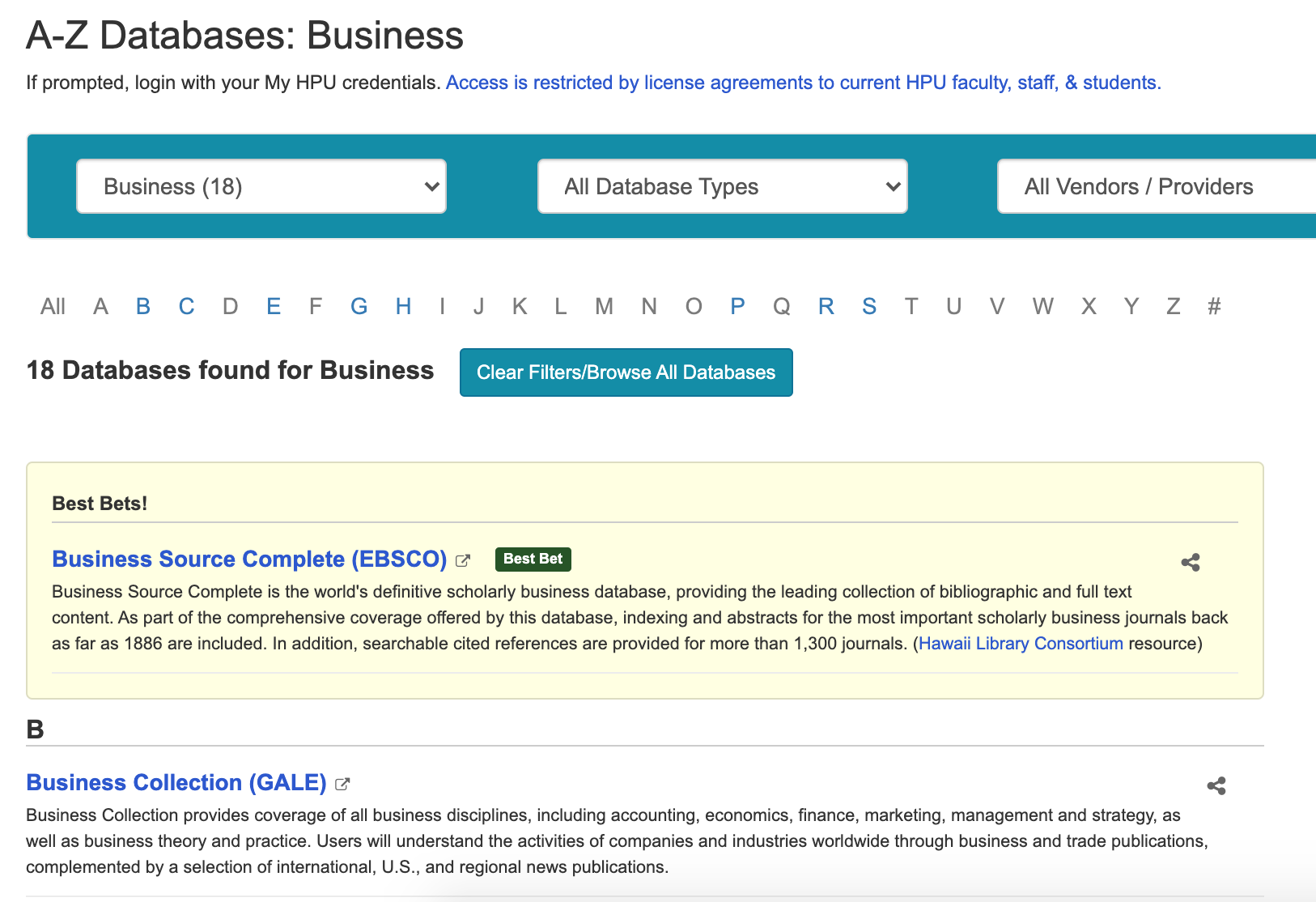
Databases
Databases by alphabetical order.
Concept Mapping
A concept map or "mindmap" is a simple way to display ideas and relationships among concepts visually. Creating one can help you organize your ideas, define your topic, display important events, discipline terminology, and keywords.
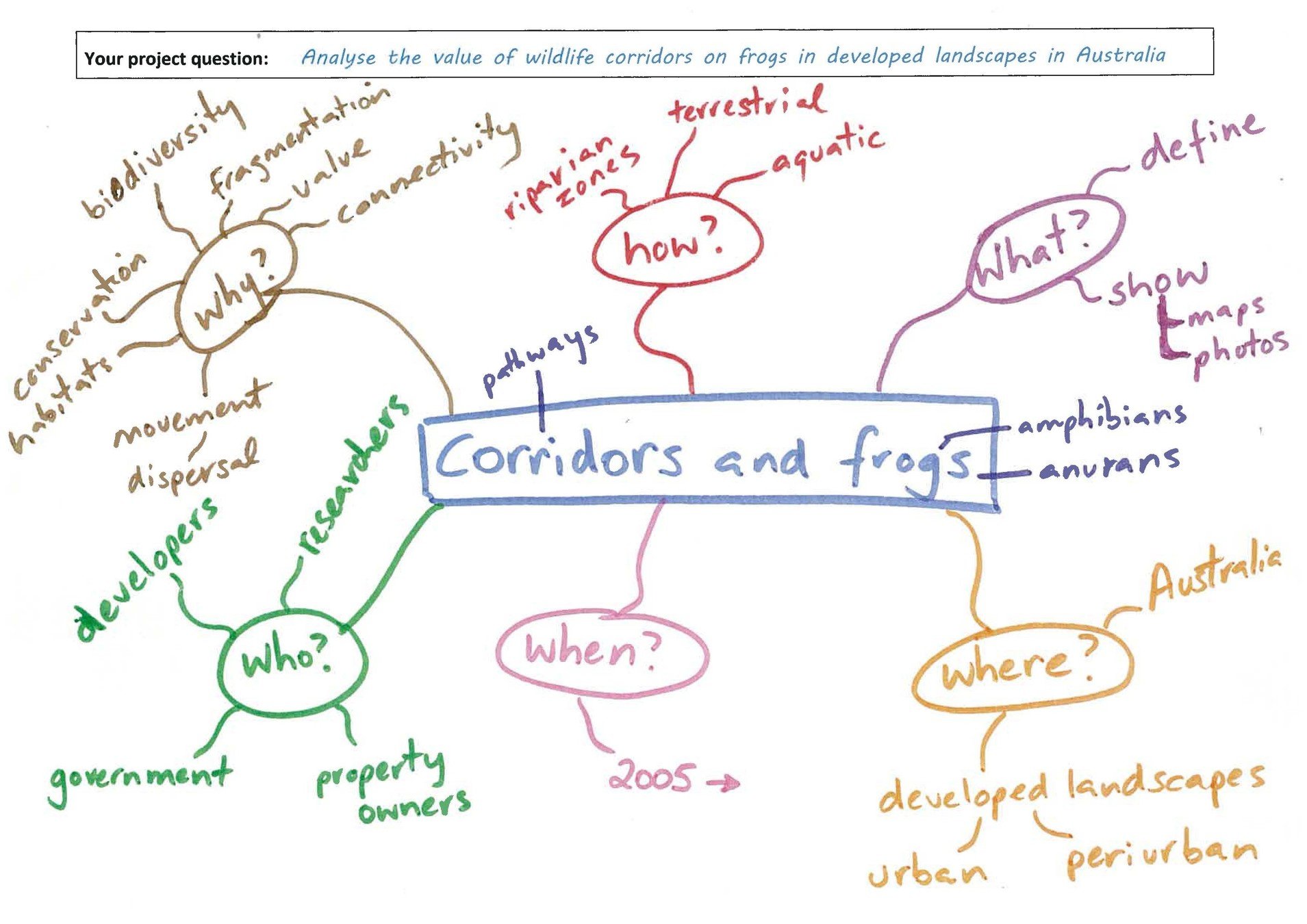
Activity

Create a concept map on your topic.
Input some of your background findings from the resources we covered today.
Multidisciplinary vs Specialized Databases

Periodicals



Specific Periodicals


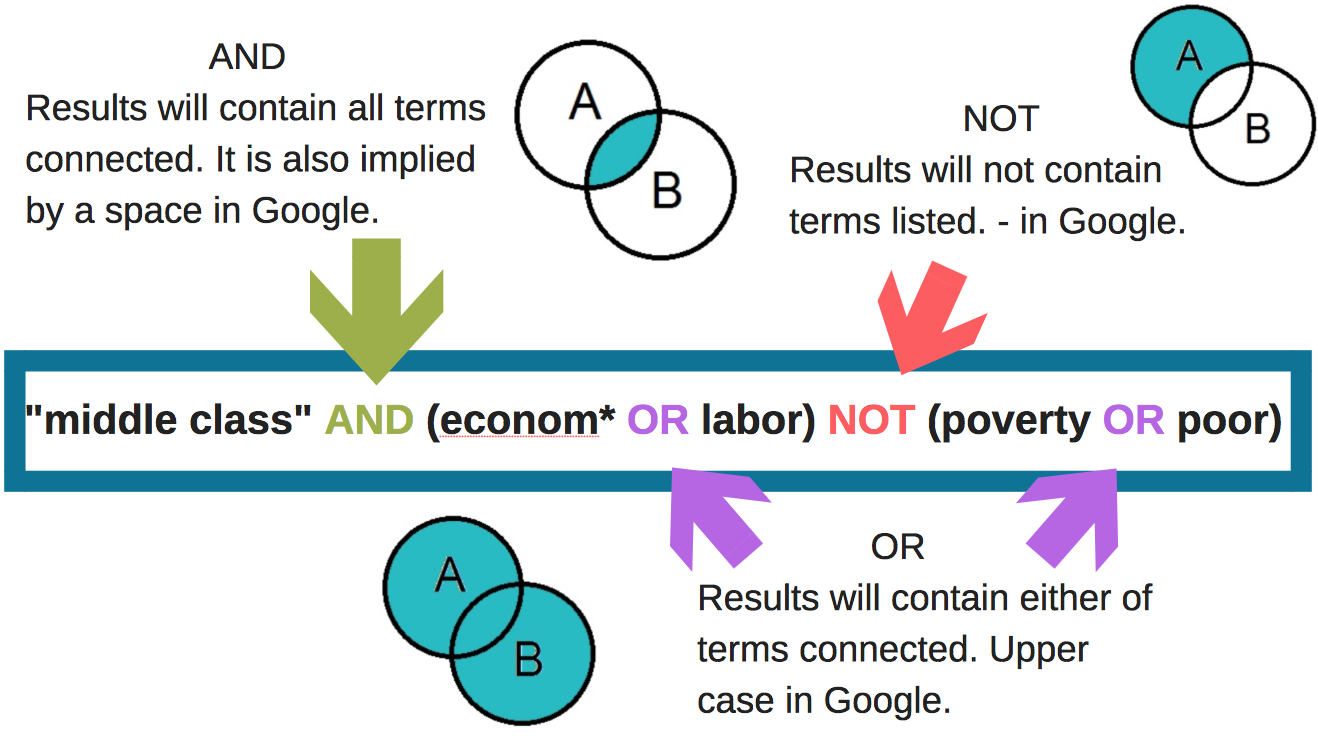
Search Commands
Search Commands

Advanced Search

Find It!


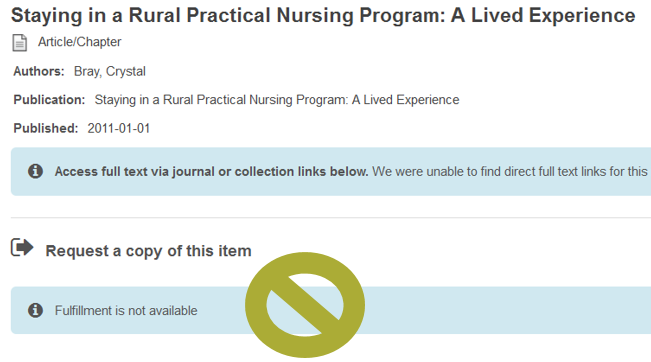
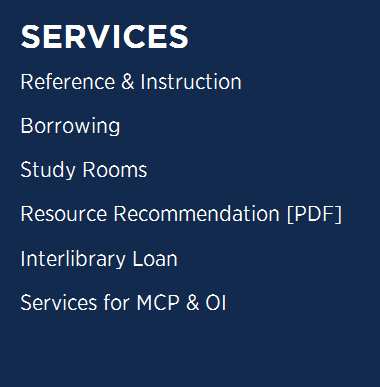
Interlibrary Loan
Interlibrary Loan
Open Access

UH Scholar Space

Civil Beat
Think of each information source critically by questioning...
Who is it written by?
Who is the intended audience?
What is the timeliness of the information?
What is the supporting evidence?
Are there any spotted biases or compromised affiliations?
What was the intention of the information being produced?
Where is the information coming from?

Search Activity
- Explore Academic Search Complete or another EBSCO database
- Use the search string developed in class
- Find potential articles for your assignment
- Make sure is scholarly
- Go to http://tinyurl.com/Williams24A
Wait we will assign lanes within the Google Sheet

Search Activity
- Explore Academic Search Complete or another EBSCO database
- Use the search string developed in class
- Find potential articles for your assignment
- Make sure is scholarly
- Go to http://tinyurl.com/Williams24B
Wait we will assign lanes within the Google Sheet

Search Activity
- Explore 2-3 databases covered today
- Use the search string developed in class
- Find potential articles for your homework

Search Activity
- Search in Academic Search Complete or another database, using some of the search techniques we covered.
- Filled out the Google Sheet link below.
https://tinyurl.com/WRI1200Gili22

Search Activity
- Search in Academic Search Complete, using some of the search techniques we covered.
- Filled out the Google Sheet link below.

Search Activity
- Search in Academic Search Complete, using some of the search techniques we covered.
- Filled out the Google Sheet link below.
https://tinyurl.com/chadiawri1100a

Search Activity
- Search in Academic Search Complete, using some of the search techniques we covered.
- Filled out the Google Sheet link below.
https://tinyurl.com/chadiawri1100a

reference@hpu.edu
Research Consultations
or Ask a Librarian 24/7 Chat
Research Help
